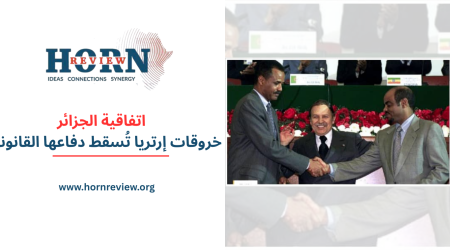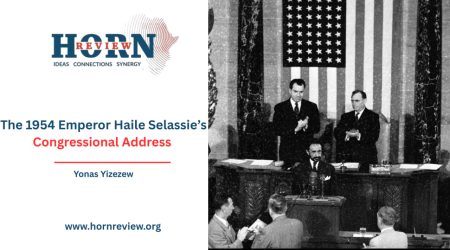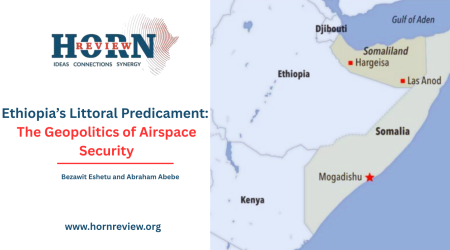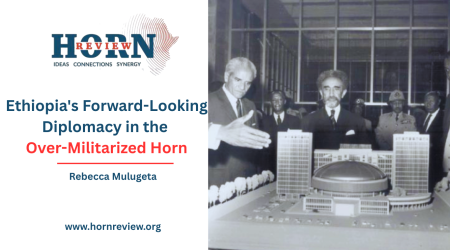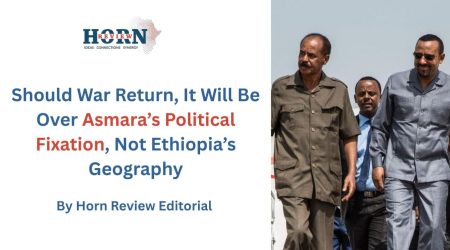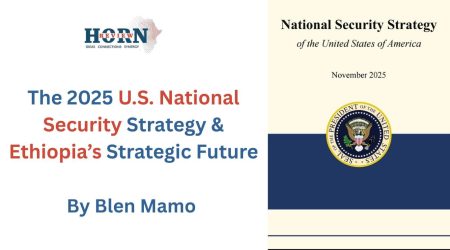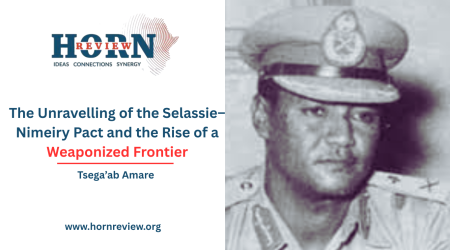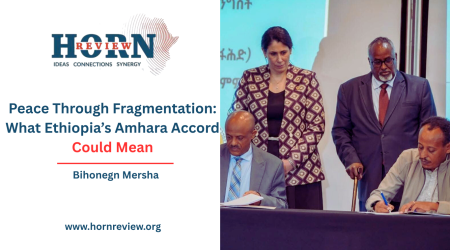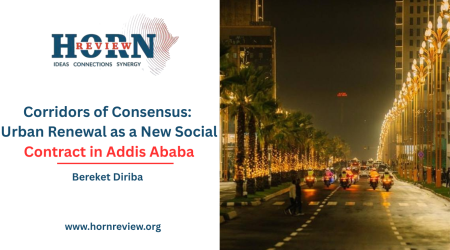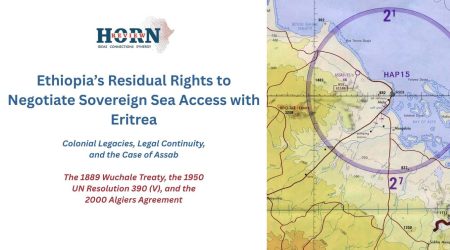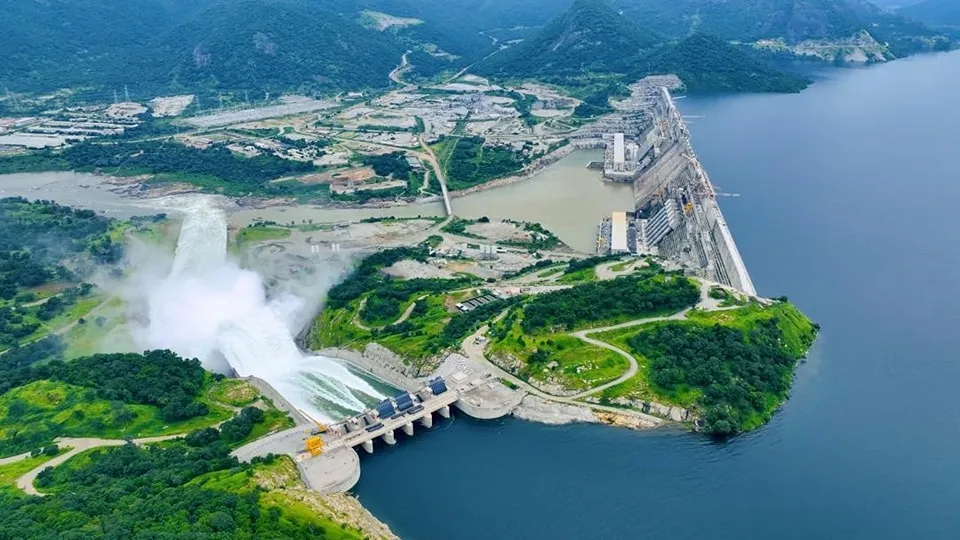
8
Jul
GERD: A leap towards Pan-Africanism
Right at the hills of northwestern Ethiopia, the Grand Ethiopian Renaissance Dam (GERD) has emerged not just as a megaproject of national pride, but as a proud symbol of a continent striving to reclaim its narrative. It represents continental integration and a combined success of resistance and defiance to unfair challenges. GERD is Africa’s largest hydroelectric dam an engineering feat and political statement packed into one. But beyond its steel turbines and 145 meter high walls, GERD flows with deeper currents: it is a modern expression of Pan-Africanism in action.
Pan-Africanism: from an Ideology to Infrastructure
Pan-Africanism, at the sunset of the 1800ths, the ideology that calls for the unity and self-determination of African people from everywhere has long inspired the continent’s greatest thinkers and leaders. From Kwame Nkrumah and Haile Selassie to Julius Nyerere and Thomas Sankara, they dreamed of creating an Africa free from colonial and neo-colonial influence and uniting it politically and economically. However, decades after independence, much of this vision remained idealistic more evident in declarations than in development.
GERD, however, marks a tangible shift in shared infrastructure and economic interdependence, two fundamental goals of the pan-African movement. This is not a donor funded project dictated by foreign timelines. Ethiopia, despite its economic limitations, chose to finance the project domestically through bonds and public contributions an unprecedented act of self-determination. This decision was not just economic; it was conviction. In doing so, Ethiopia rejected dependency models and instead placed faith in African agency. That is Pan-Africanism realized through concrete, steel, and self-determination.
Lighting up a Continent
At full capacity, GERD will generate over 6,000 megawatts of electricity, potentially doubling Ethiopia’s energy output and offering surplus power to neighboring countries including Sudan, Kenya, Djibouti, and South Sudan. In a continent where over 600 million people still live without electricity, GERD offers more than light it offers life. It interconnects electricity grids across African countries and lifts millions out of darkness and into opportunity.
What makes this power truly Pan-African is its regional scope. The East African Power Pool, a framework designed to connect energy grids across the region, has welcomed GERD as a central node. In other words, this dam is not built to isolate Ethiopia; it is built to connect Africa. It sketches the groundwork for economic interdependence, shared growth, and African-led green energy transitions.
Cracks in the Dream and the Test of Unity
However, GERD has also revealed fault lines in the movement. Egypt, which relies heavily on Nile waters, has vigorously opposed the dam, citing existential threats to its water security. Sudan has swayed between cooperation and concern. The diplomatic standoff over GERD has dynamically expanded into international arenas, including the United Nations Security Council ironically bypassing the African Union, the very body established to mediate intra-African disputes.
Even though this has underscored a hard truth that Pan-Africanism is still fragile when national interests collide. GERD forced the African union to step into a leadership role mediating intra-African conflicts, particularly between Ethiopia, Egypt and Sudan. It tests and urges the AU to evolve from a symbolic entity to an active diplomatic stage. GERD presents an opportunity for the AU to rise above rhetoric and assert real influence in regional affairs.
Redefining Power beyond the Turbines
GERD is also redefining soft power in Africa. For Ethiopia, the dam is not just a utility; it is unity and dignity. It has inspired conversations about what it means to build African solutions to African challenges across the entire continent. It challenges the dependency mindset that has long plagued development discourse.
Furthermore, GERD has pressed global powers to reexamine their approach to Africa. The usual leverages of influence like loans, aid, and diplomatic pressure have proven less relevant when nations are willing to endure challenges for sovereignty. Ethiopia’s pursuit of the project despite intense foreign pressure is a reminiscent of the spirit that ignited early Pan-African struggles only now, the battlefield is development.
If successful, it could inspire similar intra-African initiatives in transportation, agriculture, and digital infrastructure. A Prototype for Continental Renaissance.
It is convenient to imagine a future where railroads, fiber-optic cables, and power lines crisscross the continent provided by Africans, built for Africans. It is the blueprint. It is the story of a developing nation that dared to dream beyond its borders and carved it slot through collective progress rather than passive waiting.
Conclusion
Pan-Africanism is often spoken of in abstract ideals unity, solidarity, and shared destiny. GERD turns these ideals into action. It is a dam, yes but also a mirror reflecting both Africa’s potential and its unresolved contradictions. It is a unifier and a divider, a challenge and an opportunity. In its turbines spin not just electricity, but the aspirations of a continent daring to light its own path.
If Pan-Africanism is to move from the margins of political speeches into the center of African lives, it will take more GERD not just in Ethiopia, but across the continent. Development must become a language of liberation. And GERD, standing firm against the tide of doubt, reminds Africa that its future is not up for negotiation it is for construction.
By Tselot Getachew,Researcher,Horn Review

